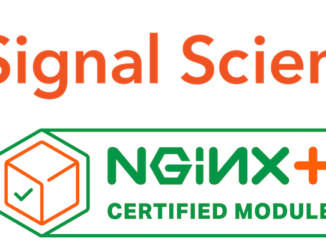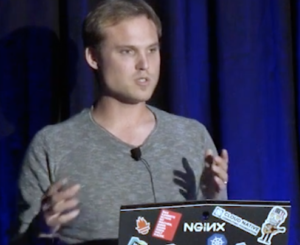
Introducing Internal Routing in NGINX Unit 1.8.0
Introducing Internal Routing in NGINX Unit 1.8.0 h4 { font-weight:bolder; font-size:110%; } h5 { font-weight:bolder; font-size:110%; } Today we’re announcing NGINX Unit 1.8.0, with a different approach than in the past: this time it’s example first, description after: “routes”: { “blogs”: [ { “match”: { “uri”: [“/phpmyadmin/*”, “/wp-admin/*”] }, “action”: { “pass”: “applications/blogs-admin” } }, { “match”: { “host”: “!blog.example.com” }, “action”: { “pass”:”applications/goaway” } }, { “match”: { “method”: “POST”, “uri”: “/media/upload” }, “action”: { “pass”:”applications/uploader” } } ] } Now, the details. Internal Routing When we released the initial version of NGINX Unit, some of our users wondered why the API included a separate listener object – it perhaps wasn’t clear why it was necessary. In NGINX Unit 1.8.0, we’re introducing the internal routing feature that makes use of the listener object in a more sophisticated way and enables new [ more… ]


